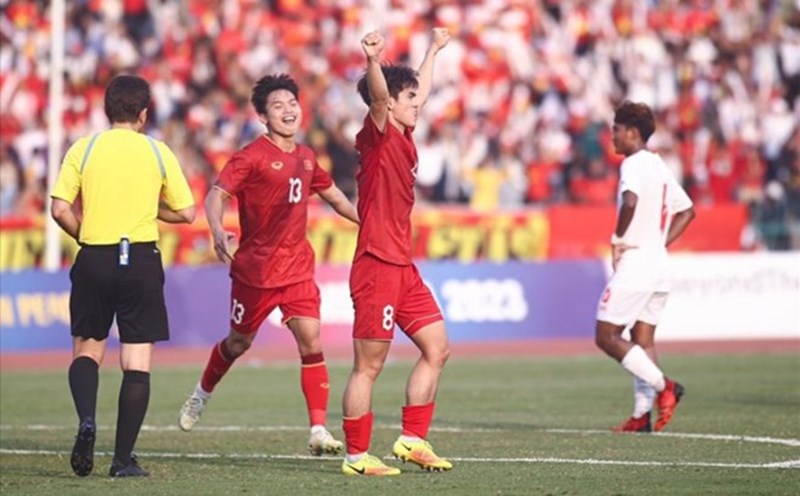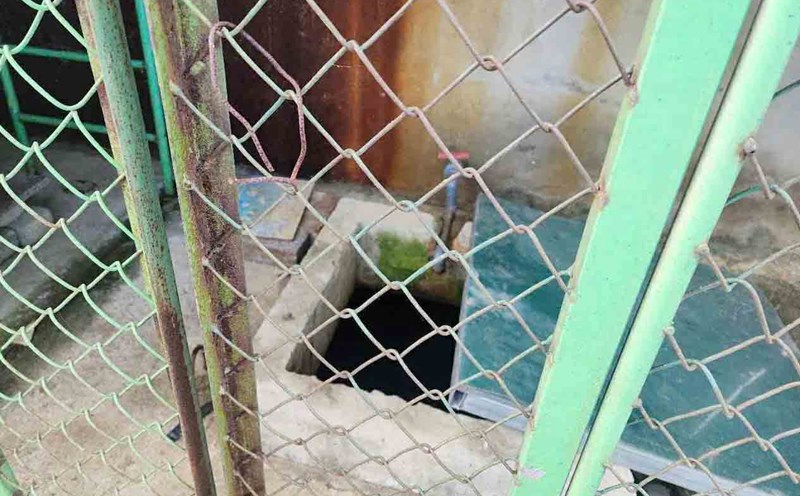Towards the 33rd SEA Games, the Thai Football Federation (FAT) submitted to the Asian Football Federation (AFC) the plan to organize men's football at the 33th SEA Games, with the most noticeable change in the male football is the way to divide the board. Instead of dividing 2 tables as before, 11 teams in the region will be divided into 3 tables - 1 table 3 teams and 2 Table 4 teams. This change is ratedly evaluated if viewed from the perspective of physical regulation and optimal schedule.
It can be seen that this format is a learning from the way the South American Football Federation (CONMEBOL) has done with their top national team tournament - Copa America, with 10 teams in the region and 2 guest teams. This format maintains the high competitiveness of the tournament, although there are only a few leading candidates for the championship.
With Southeast Asian football, SEA Games and young tournaments in general are often the pressure on the frequency of competition, leading to not only tactics but also the health of the players who are susceptible to worn, affecting the race and opportunities of the teams. Therefore, while many people only see the "advantage" for the Thai host, the change should be seen with a more strategic eye. When the schedule is properly relaxed, the coach can focus on professional factors.
Limiting the age of U22 is also a right step. This age is suitable for young talents to compete officially, accumulate more experience, more lessons, thereby adding more courage in the battle. Each match at the SEA Games is now not only a medal battle, but also a "test" before entering the continental playground.
As Southeast Asian sports change, there is a need for many innovations both at the right time and in the right way. And if this change is truly effective, this year's SEA Games may witness matches rich in expertise and emotion.










